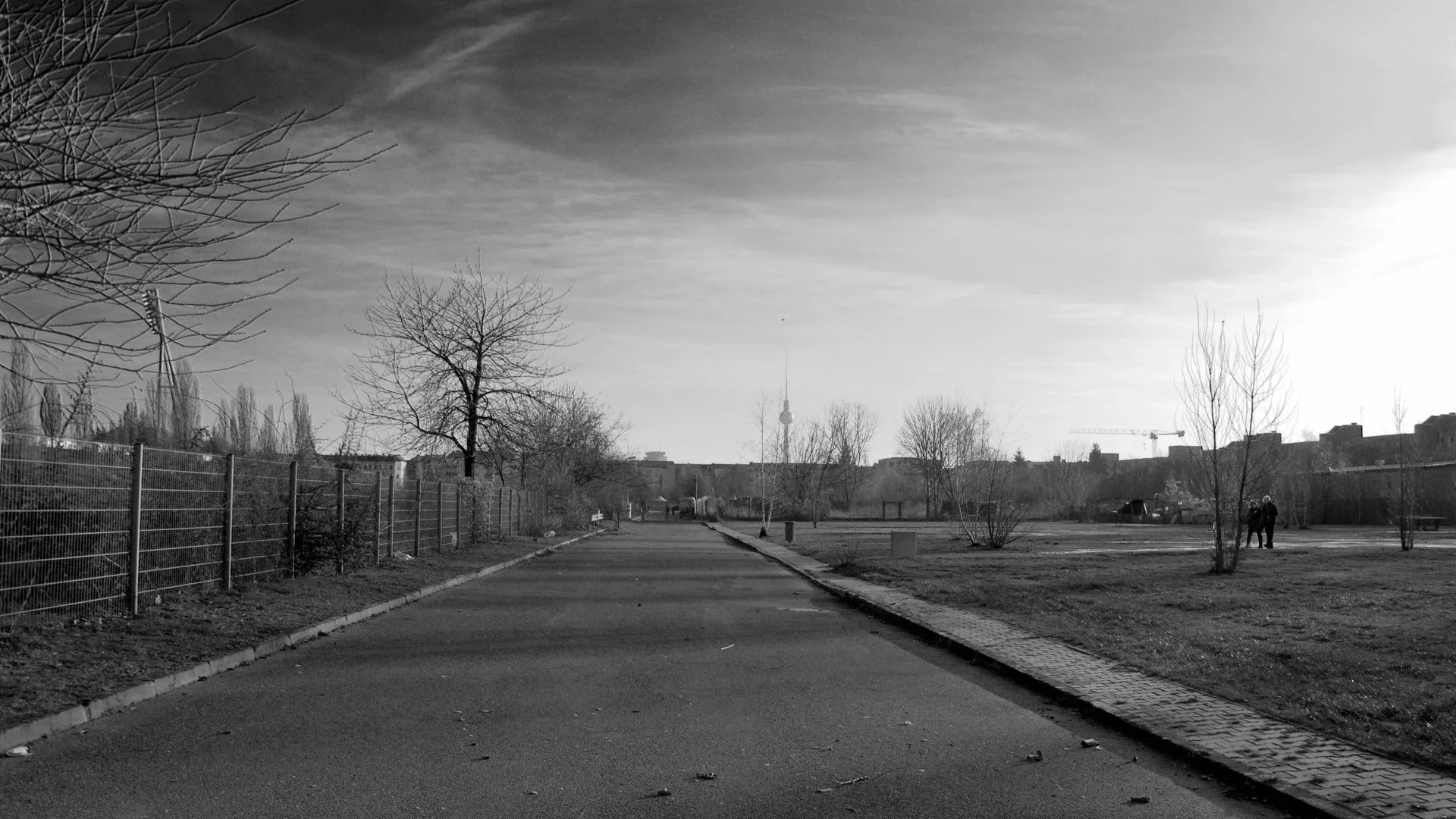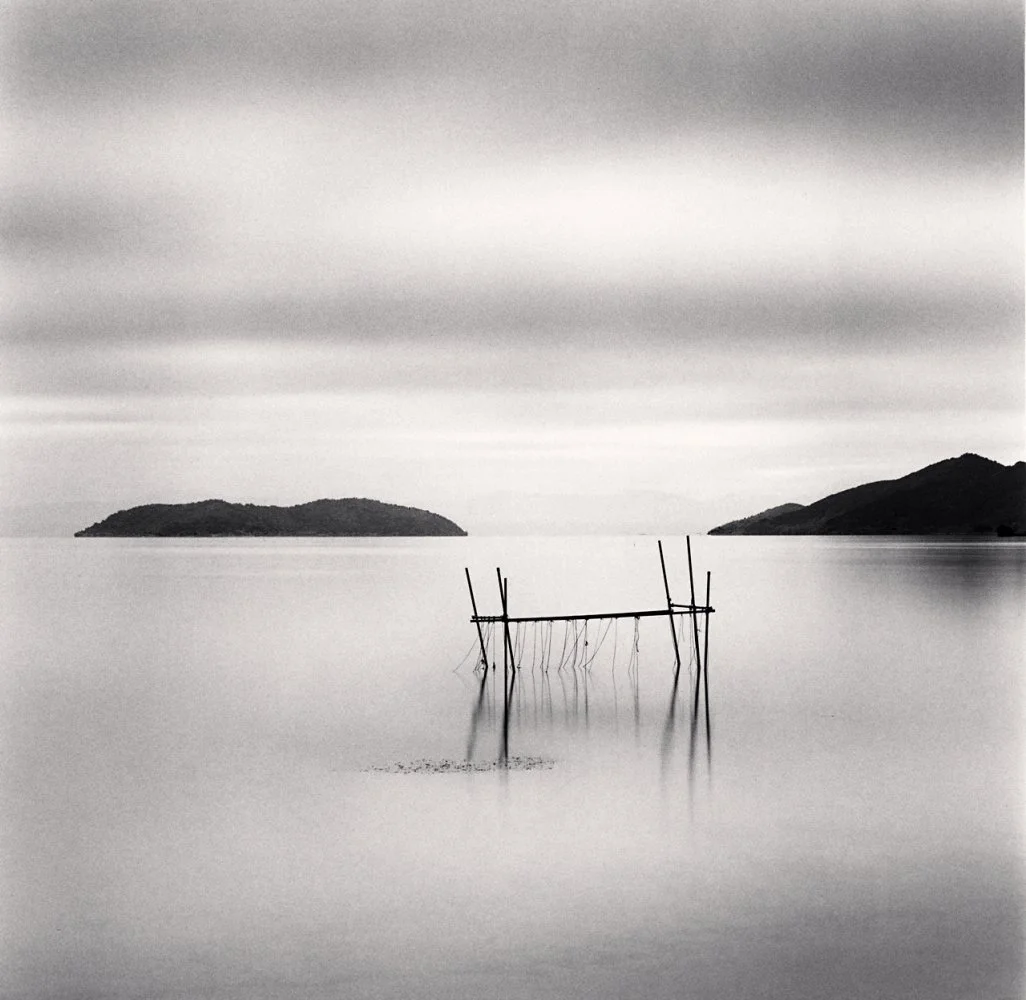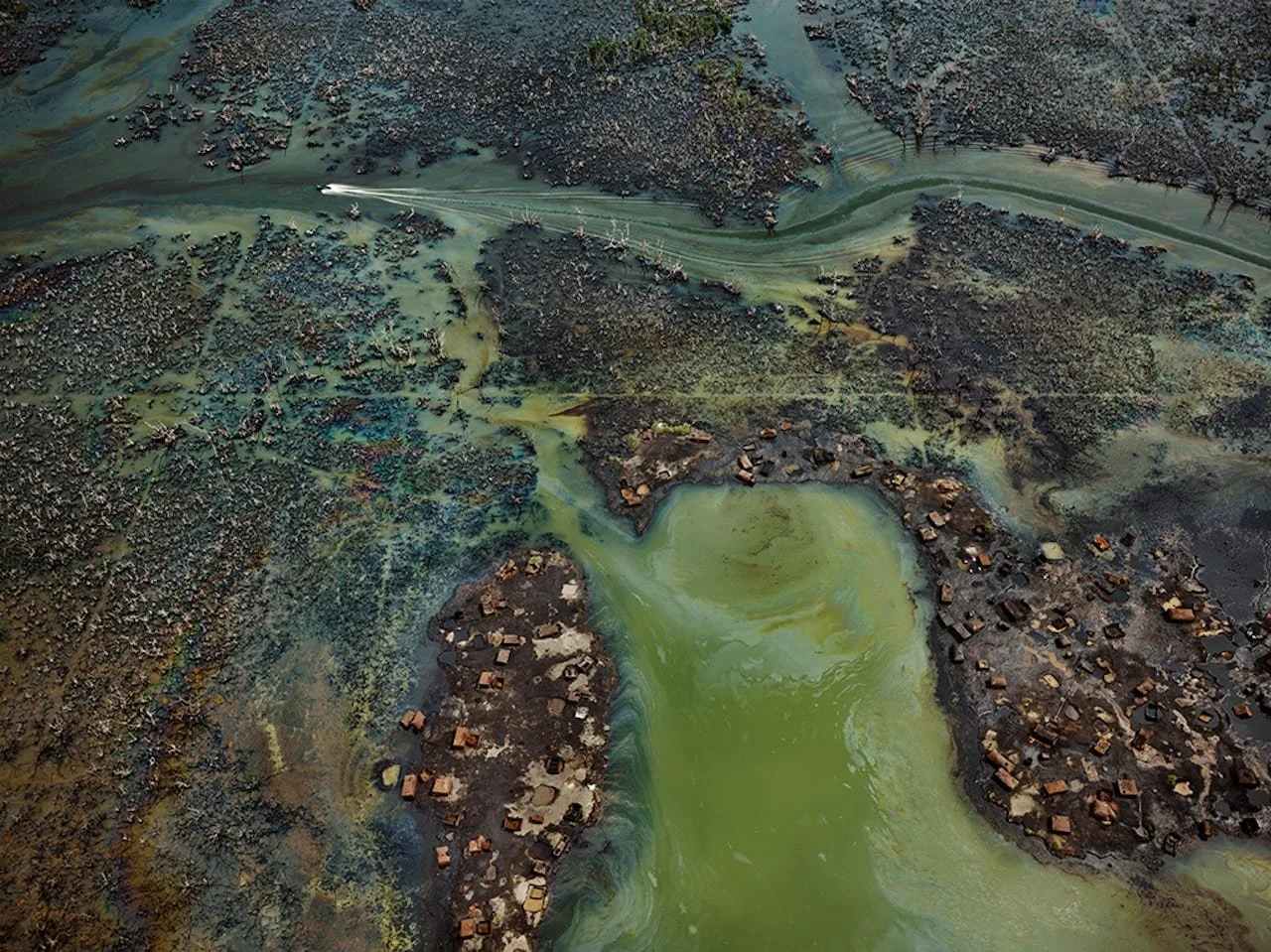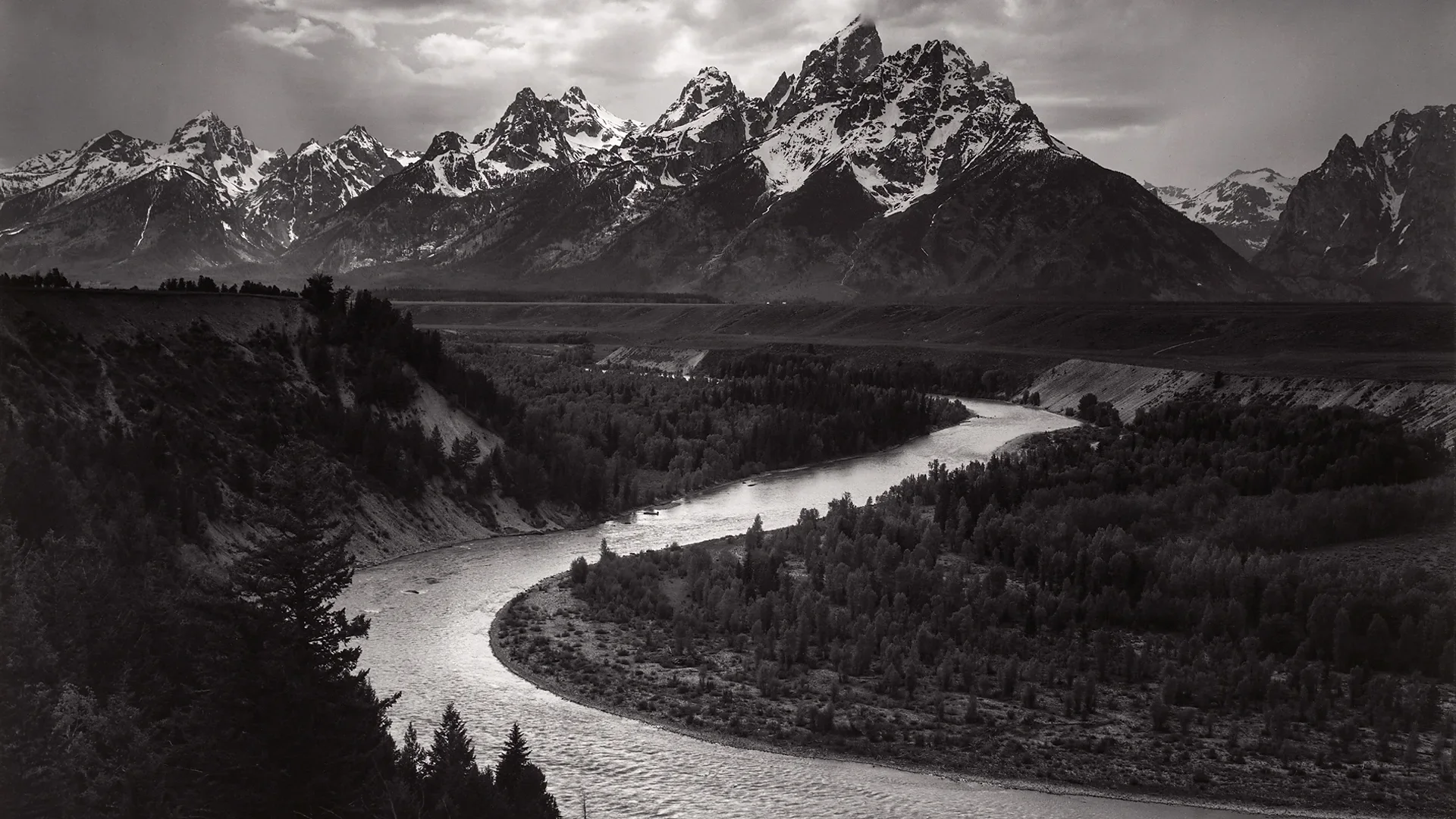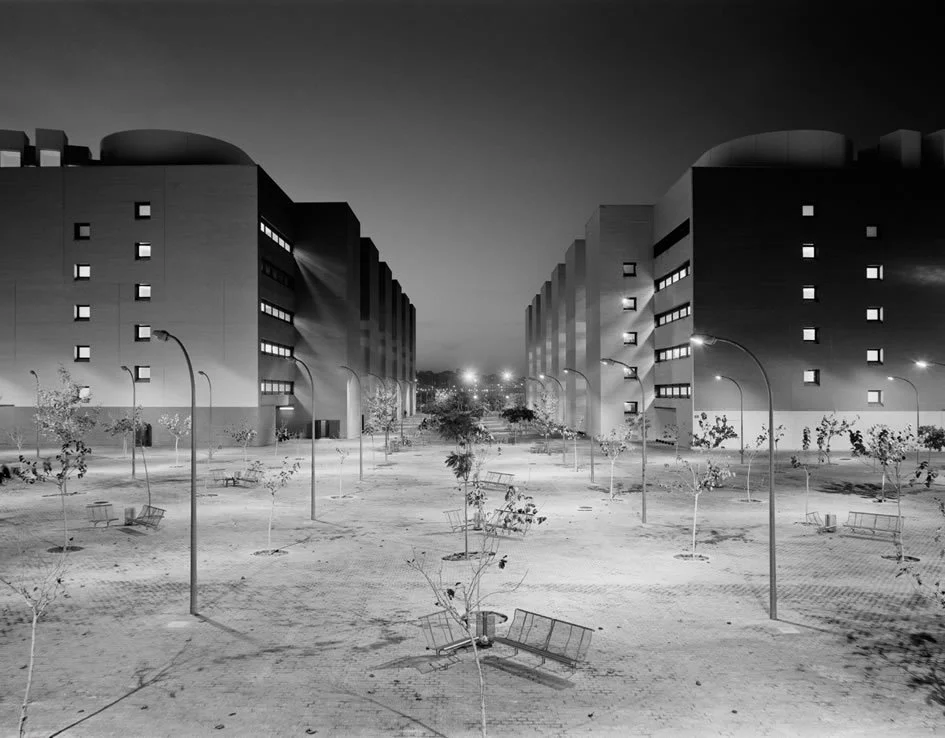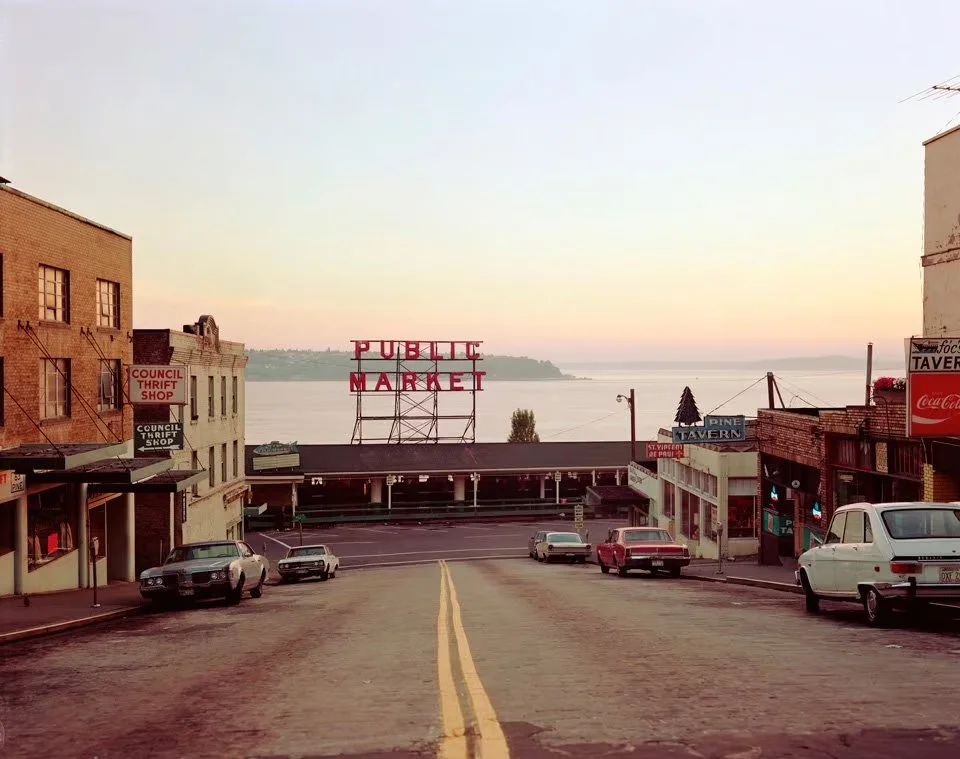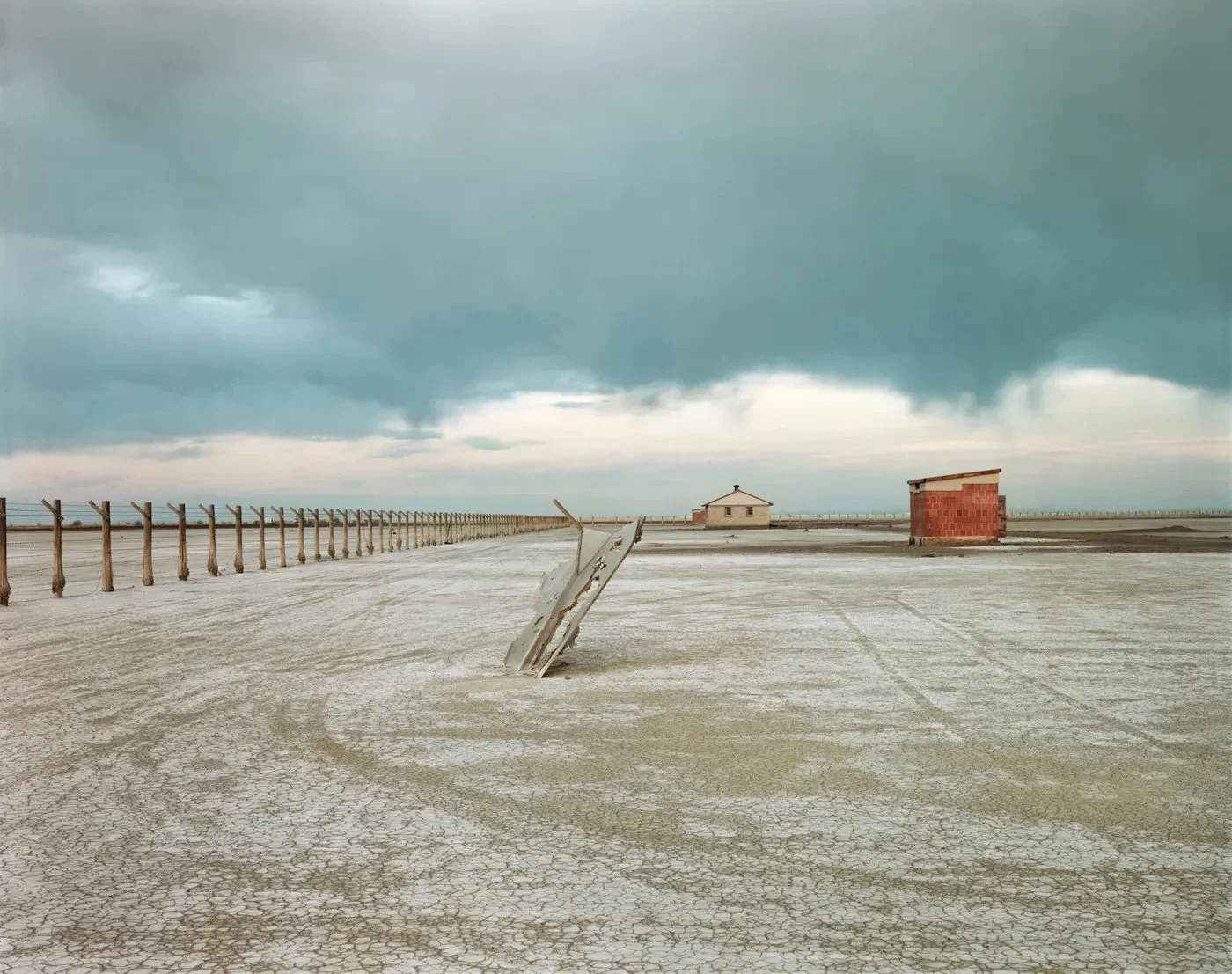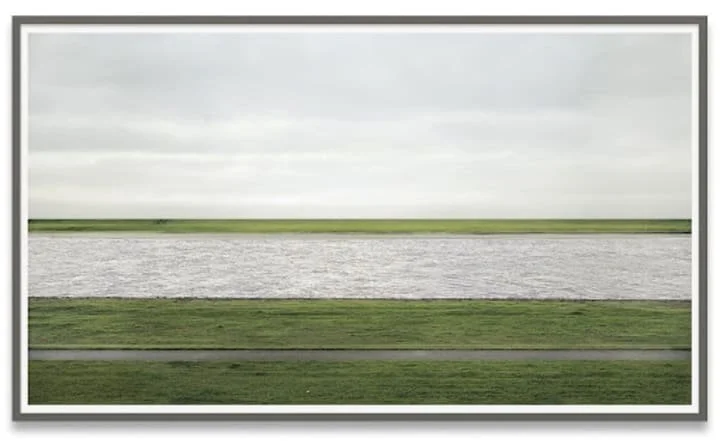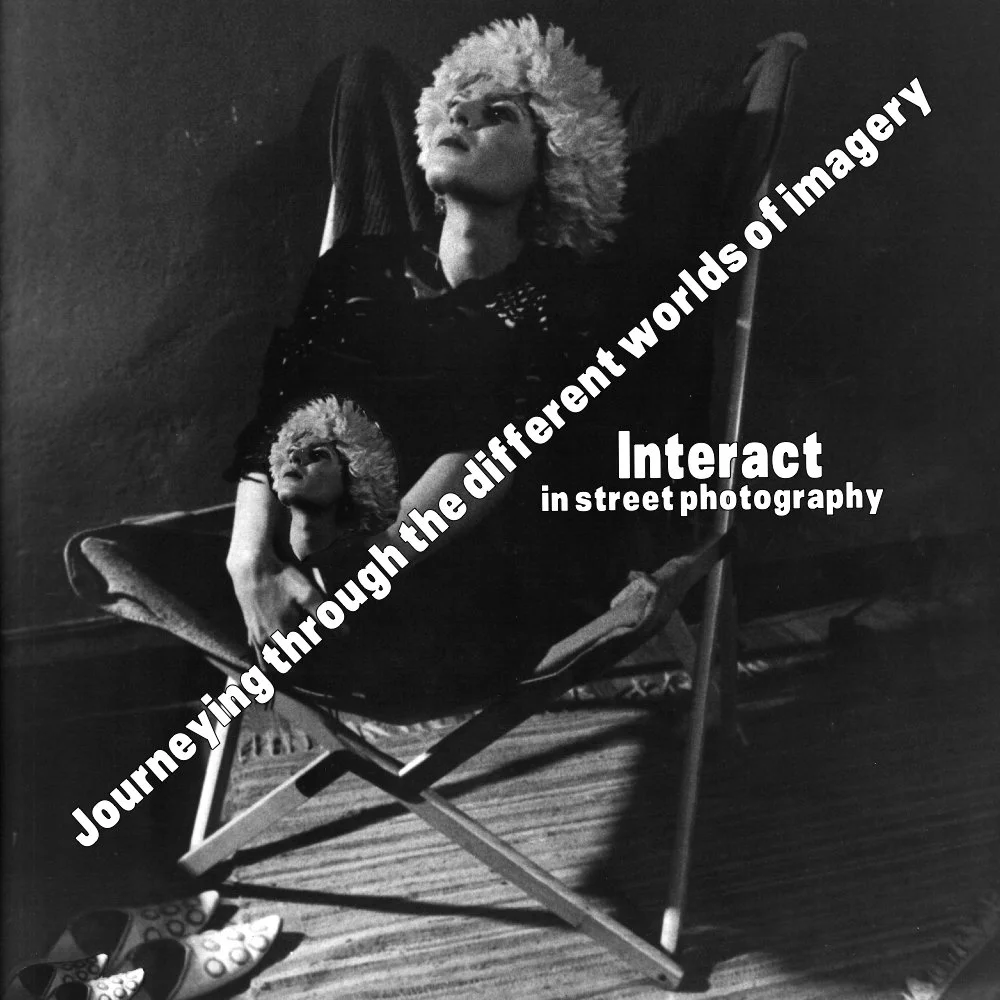Journeying through the different worlds of imagery
Void, Berlin 2015
Void is white, speckled as Berlin's sky.
Reassuring as the embrace of fog on a cold morning.
It runs inside us as the clouds carried by the wind.
Void is us, back, in front, in the middle.
© Batsceba Hardy
‘Land’scape in street photography
The landscape is often an overlooked aspect within the realm of street photography, particularly in approaches that favour rigid guidelines and technical precision. Yet, it is this very urban environment that can profoundly influence the visual storytelling of a photograph.
In street photography, the concept of "scape" encompasses not just the natural terrains but also the intricacies of city life, seamlessly blending the man-made with the organic to weave a narrative that reflects the vibrancy of human society. To effectively capture the richness of the landscape, consider using wide-angle lenses, which allow you to incorporate a broader scope of the scene, revealing the context in which human activity unfolds.
It’s crucial to be mindful of the lighting conditions; shooting during the golden hour can imbue your images with warm hues and soft shadows, while high-contrast lighting might produce striking textures and details. Selecting a suitable aperture is equally important, as a smaller f-stop can create a vast depth of field, ensuring that both foreground and background elements remain in sharp focus, drawing the viewer into the entire scene.
In street photography, the landscape can function in two distinct capacities: it can serve as a captivating backdrop that frames a fleeting moment or become the focal point of the composition itself. The inclusion of human figures introduces a dynamic element, allowing their movements and interactions within the landscape to tell a deeper story. This interplay not only adds a sense of vitality to the images but also cultivates a connection between the viewer and the captured moment, inviting them to delve into the narrative that unfolds before them.
This is a small choice among the latest images that some photographers have proposed to us:
A small roundup on some photographers considered great landscape photographers
Michael Kenna's monochrome work is iconic in landscape photography. His minimalistic images, especially of Japan, are breathtaking. 'I chose to photograph the absence of people, the memory of their presence, the traces they leave behind.' These human traces in landscapes captivate Kenna, born in 1953, renowned for black-and-white landscapes with very long exposures, often over ten hours. He initially focused on industrial and advertising photography, which was more profitable. In the 1980s, he moved to California, expanding his photographic scope. Many of his images are memorable and continue to inspire photographers today.
Web:www.michaelkenna.net Instagram: @michaelkennaphoto
@Michael Kenna, Honshu
Edward Burtynsky is not a conventional landscape photographer; rather, he functions predominantly as a documenter of the Earth. His photographs, which illustrate the effects of human activity on our planet, are exemplary, and the meticulous level of detail they encompass is truly remarkable.
© Edward Burtynsky, Oil Bunkering #4, Niger Delta, Nigeria, 2016- courtesy of Flowers Gallery, London/ Nicholas Metivier Gallery, Toronto.
Edward Weston was a pioneering photographer renowned for his modernist monochrome images capturing landscapes, still lifes, and nudes. Weston elevated landscape photography into the realm of fine arts by employing manipulations characterised by a striking dramatic impact and an intense utilisation of light and shadow, thereby fostering evocative dialogues between natural forms and human presence. His work expanded the conceptual scope of landscapes as a subject, rendering it a credible metaphor for human existence.
web: https://www.icp.org/browse/archive/constituents/edward-weston
@Edward Weston Shell and Rock Arrangement, 1931
Ansel Adams is unquestionably a seminal figure in the realm of landscape photography. As a founding member of the f/64 group, he pioneered the development of the zone system, a sophisticated technique designed to optimise tonal range and ensure exceptional quality in printed images. Throughout his career, he was often commissioned to photograph the national parks of the United States. His photographic prints fully exploit the entire tonal spectrum, imparting them with a luminous quality.
Web: www.anseladams.com
@Ansel Adams, the Tetons and the Snake River (1942)
Gabriele Basilico was a renowned photographer known for capturing cities and urban landscapes. His images take viewers on visual journeys, offering a unique perspective. Basilico transformed everyday scenes into art, documenting urban change and architecture. When chaos overshadowed city harmony, he brought order through his photography.
@Gabriele Basilico, Valencia 1998
Stephen Shore's approach to photography is dual: his gaze appears coldly impassive yet also warm and contemplative. Emerging in the 1970s as a leading figure in colour photography, he captured dark, lyrical scenes of North American landscapes, documenting everyday environments like pools, televisions, parking lots, petrol stations, and deserted roads. Shore's lens often subverts these environments, offering a critical view of capitalist America.
@Stephen Shore, Pine Street, Seattle, 1974
Richard Misrach, over 50 years, has photographed the changing American West with an environmentally conscious perspective. His large-scale colour vistas depict ecological devastation caused by human activity, industrial progress, nuclear tests, and pollution, highlighting the complex relationship between humans and nature. His series, Desert Cantos, includes 40 groups of images of desert scenes, fires, nuclear sites, and animal burial pits.
@Richard Misrach, The Desert Cantos
Andreas Gursky's photography features large formats and vibrant colours, with architecture as the main element. His management of space and shapes comes from his interest in industrial photography. Each photo, whether city, landscape, or interior, is digitally enhanced. His work examines the relationship between humans and nature and often offers social commentary. “Rhine II” (1999) depicts a tranquil Rhine river scene in Germany, created through digital removal of people and objects. He currently exhibits at NY's Sprüth Magers gallery.
@Andreas Gursky
@Andreas Gursky
@Jay Tanen - Polaroid 35mm slide film...
